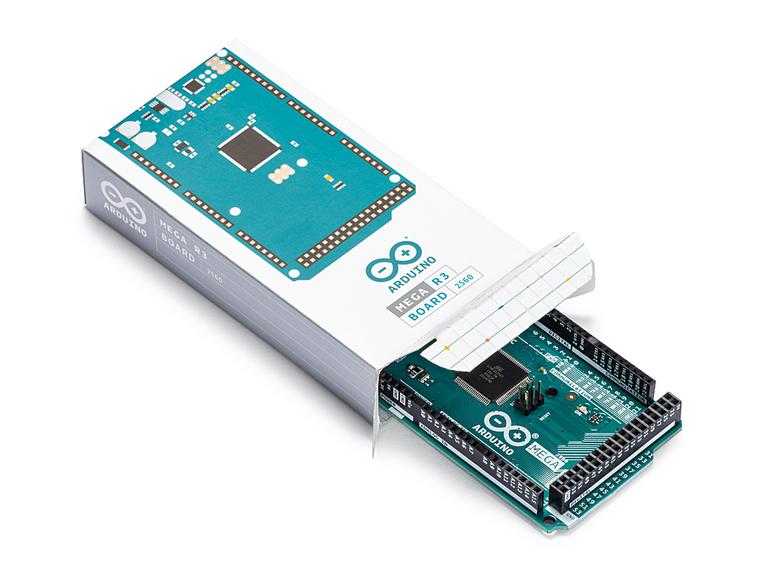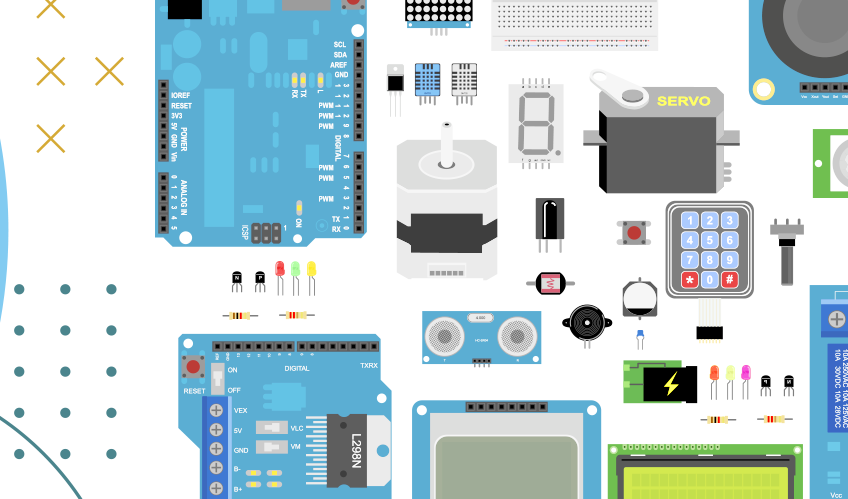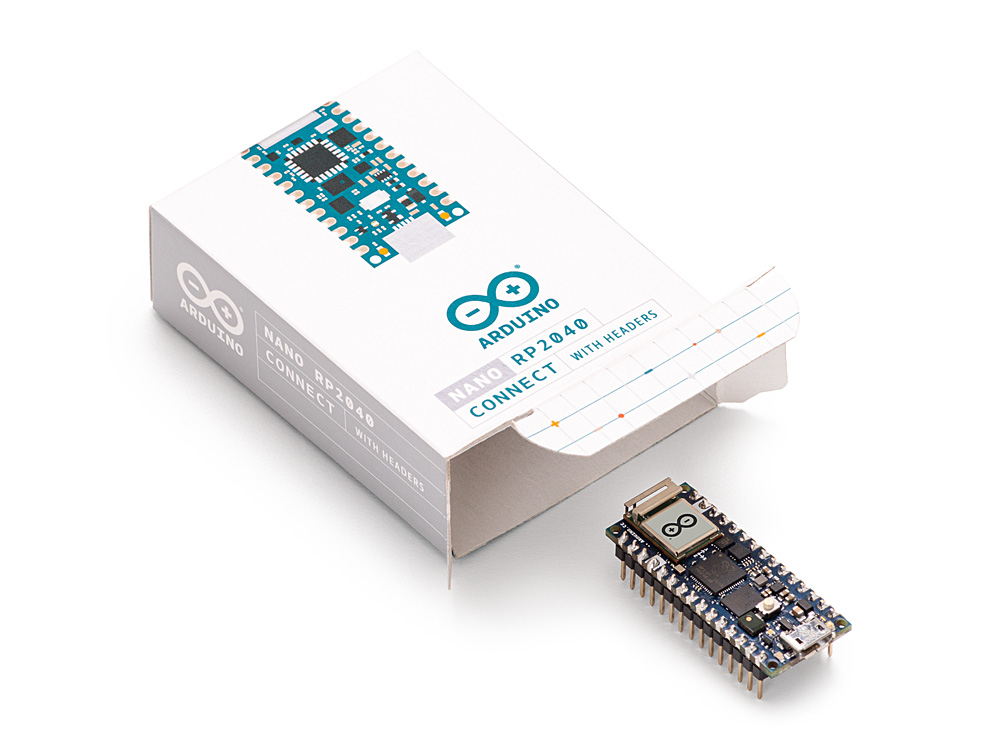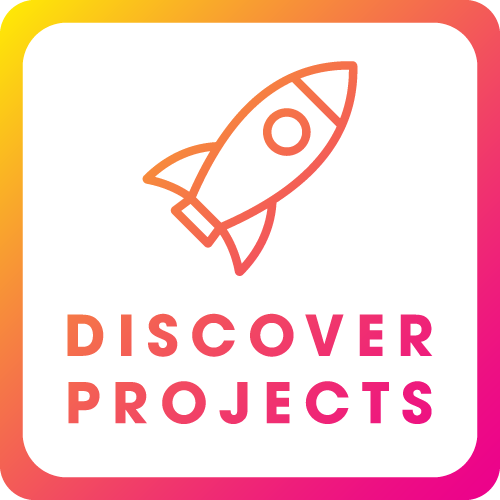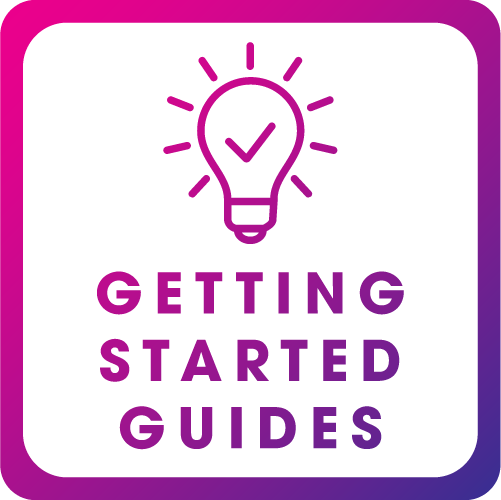
What will you find out in this blog?
Arduino projects are an excellent way for students to learn how to build devices and how to program. If you’re excited to get your hands on a new project, you’ll have the chance to use various input devices such as sensors, buttons, and online triggers. You’ll then be able to control output devices such as motors, alarms, and displays – producing a host of inventive creations in the process!
While learning how to use Arduino can take a little time, embarking on a specific Arduino project can make the platform much easier to understand. Are you wondering what the best Arduino projects to start with are? We’re here to help. Let’s explore five awesome Arduino projects that you can try at home using the system’s simple kits, boards and modules.
We’ll show you how to start an Arduino project – and you won’t need a degree in science or a wealth of experience in coding to get started and learn how to code Arduino, either!
Electronic dice (easy)
A simple yet perfect idea for getting you started in the world of Arduino microcontrollers is creating some electronic dice. At the push of a button, you’ll activate a random generator that uses the lights to give you a number between 1 and 6. Perfect if you don’t trust physical die and want to leave your number generation completely up to chance!
Depending on the specific project, you’ll typically need an Arduino UNO, seven-segment LED display, touch sensor, breadboard, breadboard connectors, jumper wires, a power supply, and a 1K ohm resistor. All of these are easy to come by, making an electronic die a great beginner’s Arduino project.
Light tracker (easy)
A fully automatic light tracker is an Arduino project that you can quickly create using only a handful of parts.
The premise is simple: the machine you build will be able to track and point itself at a source of light. It will operate much similarly as solar power systems pivot themselves to face the sun to ensure efficiency when generating photovoltaic energy. There are many at-home applications for this Arduino project, though, from optimising plant-growing conditions, building a smart solar cooker or, even better, drying your laundry!
To create a light tracker, you’ll usually need an Arduino Uno board, a breadboard, a micro-servo motor, a resistor, a light-dependent resistor (LDR), and both male-male and female-female jumper wires. Pretty simple for such a cool project.
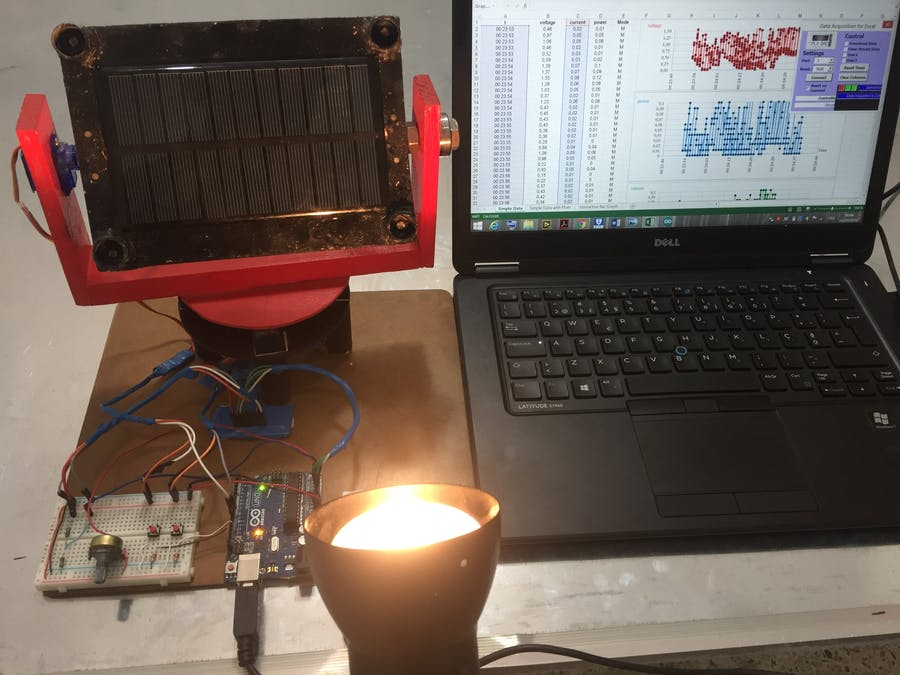
Lie detector (easy)
A lie detector is another creative project you can build quickly using only a few materials. Of course, this Arduino project cannot guarantee whether someone is telling the truth or not; it just measures the electrical conductivity of their skin. This can be increased by increased sweat gland activity, which in turn is caused by stress… We’ll let you and your subjects argue over those finer points, though!
A super easy project, Arduino lie detectors usually only require an Arduino board, LEDs, a resistor, cables, and craft supplies like a soldering iron, a glue gun, a solder, cardboard and foil. You can view the various projects available over at the Arduino project hub.
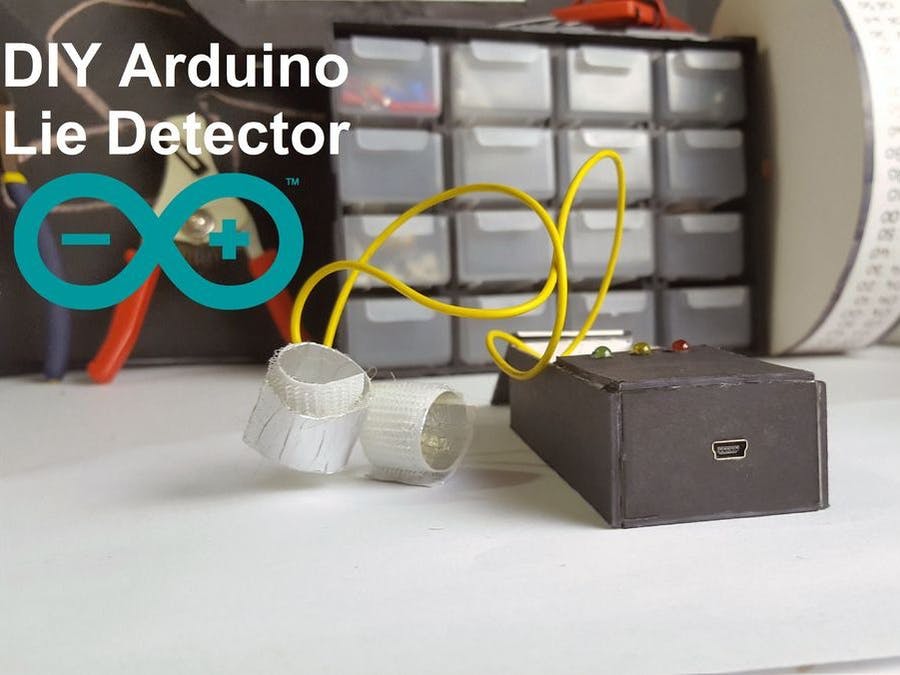
Autonomous “follow me” cool box (difficult)
This cool box Arduino project connects to your smartphone via Bluetooth and is ideal for lazy summer days or keeping a watchful eye over your picnic. It can follow you around thanks to an in-built GPS navigation system.
The construction of this cooler is a little more time consuming than the three Arduino projects listed above and requires more materials. That’s because you’ll need to construct a wheeled contraption out of wood that will hold the cooler, as well as the electronics themselves. That said, the cool factor (pun intended) definitely makes this project worthwhile!
You’ll also need some core components such as an Arduino UNO, a motor driver, a GPS module, a compass, a Bluetooth module, and rechargeable batteries to ensure your cooler can keep up.
Drawing Robot (advanced)
A drawing robot is a classic example of the impressive Arduino project ideas that experienced DIY coding enthusiasts come up with all the time.
Drawing robots work by controlling multiple servo motors, which pivot a pen around a page in a pre-programmed fashion. The result is that you can input an image or design of your choice, press ‘draw’, and sit back while your robot handles the production. Perfect for those of us more interested in DT than art!
Creating this robot requires not only a deep knowledge of Arduino but also numerous components and a great deal of time, depending on the complexity of the project. That makes it an expert undertaking, but it is incredibly satisfying to see in action when complete.
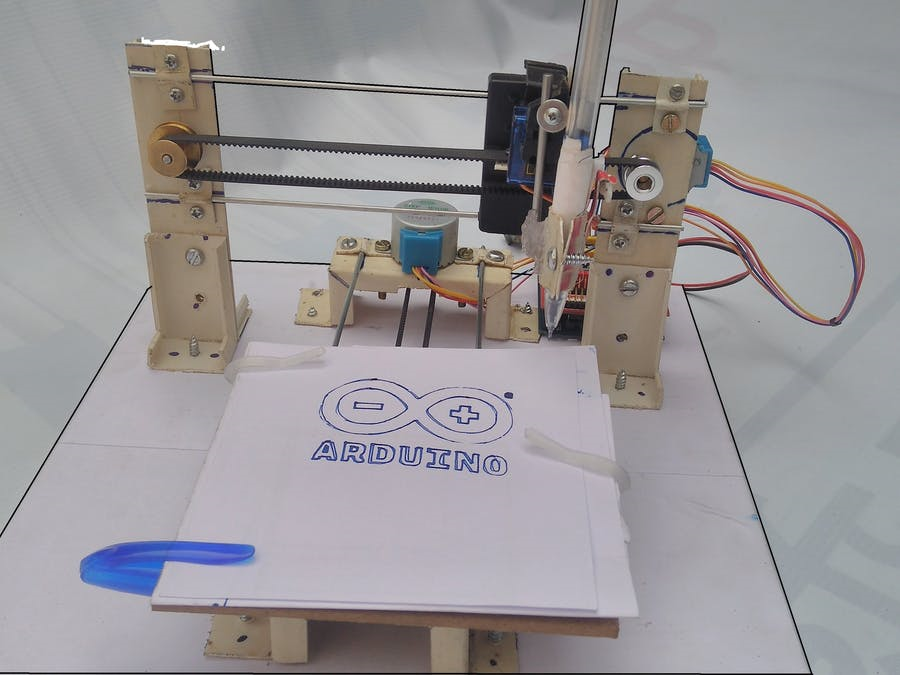
Explore the power of Arduino with help from OKdo
With kits, modules, and boards available, OKdo stocks all the Arduino components you need to embark on all sorts of fun and exciting projects. Check out the five examples above, or head to our project hub to discover all the things you can do with this fantastic DIY tech.
For extra inspiration, also make sure to view our blog, where you’ll find loads of other helpful guides and features. And if you have any questions about Arduino or OKdo, however small, get in touch with our team – they’re always happy to help!
